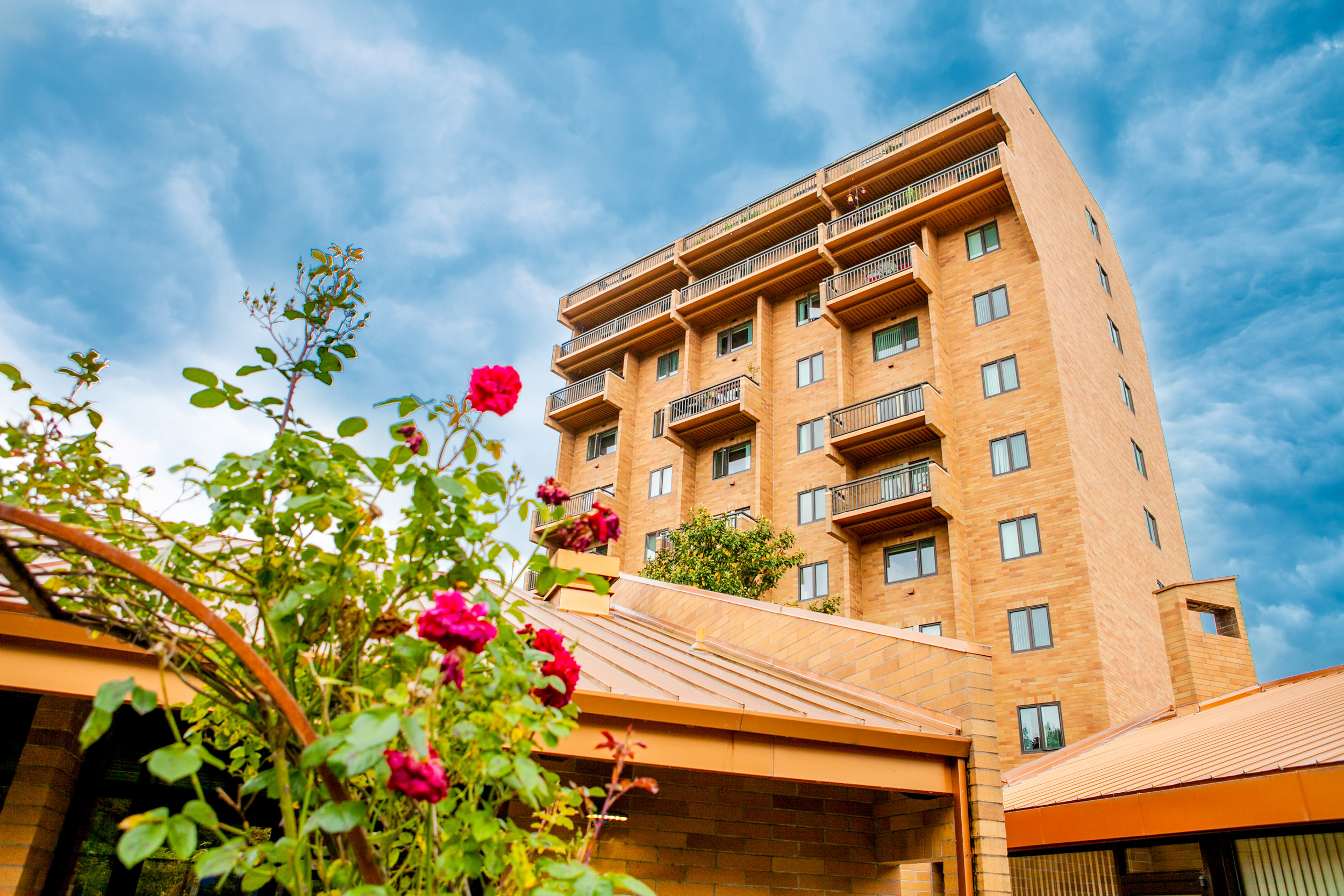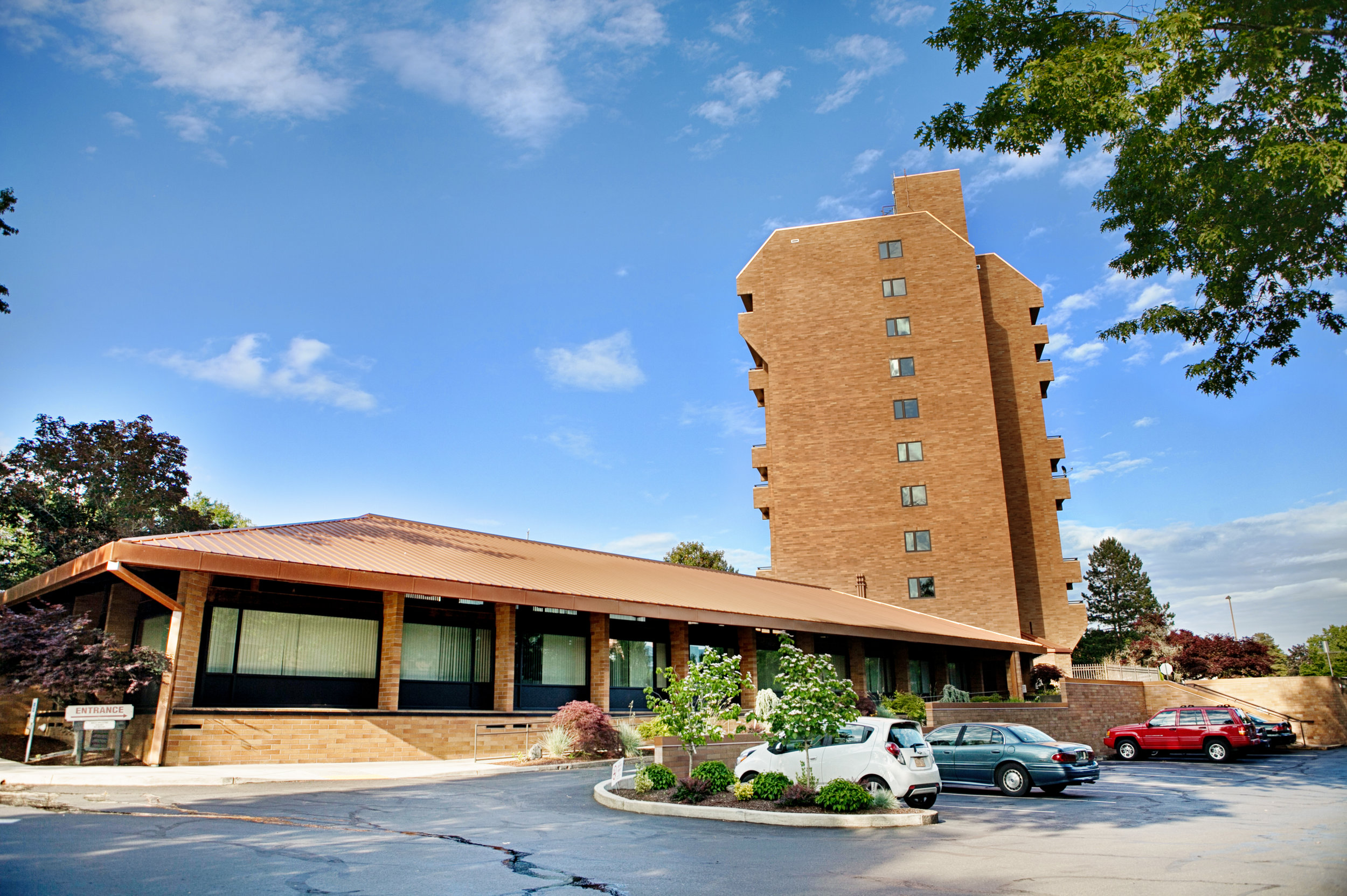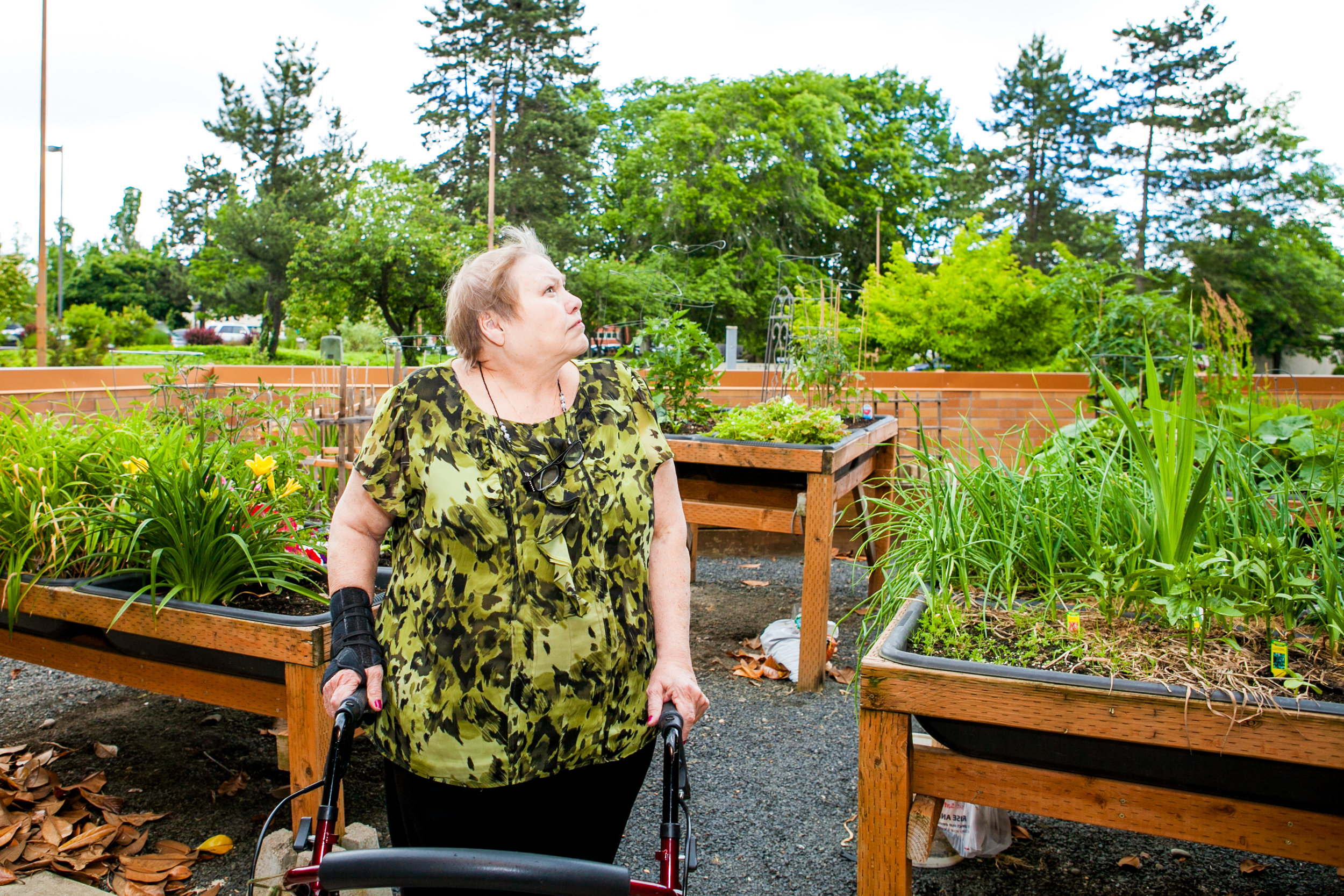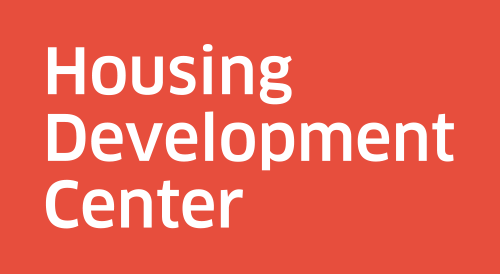Parkway Village & Robert Lindsey Tower












DEVELOPMENT SCOPE
Use HUD’s RAD program to preserve and modernize 186 units of affordable housing, including 62 rent-assisted senior units and 124 mixed-income units.
PROJECT OVERVIEW
Built in 1974, Robert Lindsey Tower provides 62 affordable apartment units for very low-income seniors and houses administrative offices for owner Salem Housing Authority (SHA). Nearby Parkway Village Apartments, also owned by SHA and developed in 1997, is a complex of 10 low-rise apartment buildings serving 124 low-income households. Both properties provide critical affordable housing for residents of Oregon’s third-largest city, Salem, whose culturally diverse population has a poverty rate 15 percent higher than Oregon as a whole.
As Robert Lindsey Tower and Parkway Village aged, the properties faced mounting capital needs that couldn’t be addressed with available funding resources. Among the more pressing issues, the envelopes of all 10 buildings at Parkway Village required extensive repair and partial replacement to correct serious water intrusion problems. To preserve and strengthen these important housing assets, HDC helped SHA create an innovative financing solution and manage $13.2 million in renovation work.
Creative Solutions
Finance: HDC’s financing solution involved partitioning Parkway Village into two legal entities, which allowed the most buildings most in need of renovation to be refinanced with 9-percent low-income-housing tax credit (LIHTC) equity. The rest of Parkway Village’s units were assembled with Robert Lindsey Tower to create a project large enough to enable a 4-percent LIHTC refinance. In one of Oregon’s first uses of HUD’s Rental Assistance Demonstration (RAD) program, Robert Lindsey Tower’s public housing rent subsidies were converted to project-based Section 8 subsidies. A $7.4 million City of Salem tax-exempt bond, purchased by JP Morgan Chase, and other sources listed at right, rounded out the funding package.
Design and Construction: At Parkway Village, the envelopes of all 10 buildings were completely replaced to correct moisture penetration issues. At Robert Lindsey Tower, the building envelope and major systems were improved to reduce energy and water consumption. Both properties gained accessibility improvements, interior upgrades, and upgrades to fire alarm and sprinkler systems. The combined rehab work improved resident comfort and greatly extended the properties’ useful lives.
SPONSOR
Salem Housing Authority
LOCATION
Salem, Oregon
HDC ROLE
Financial structuring, predevelopment lending, construction management, and tenant relocation assistance
DEVELOPMENT PARTNERS
→ Carleton Hart Architecture
→ LMC Construction
→ City of Salem
→ Oregon Housing and Community Services
→ U.S. Department of Housing and Urban Development (HUD)
→ Enterprise Community Partners
→ NOAH (Network for Oregon Affordable Housing)
→ JPMorgan Chase
→ HDC Community Fund
FUNDING SOURCES
→ Low-income-housing tax credit equity (9% and 4%)
→ Tax-exempt bonds
→ Project-based Section 8 rental assistance
→ Community Development Block Grant (CDBG) funds
→ Oregon Multifamily Energy Program funds
→ Oregon General Housing Account Program (GHAP) funds
→ Construction and permanent loans
SQUARE FEET
Residential: 130,769
Admin/Common: 11,282
COST
Construction: $13.2 million
Total Development: $26.9 million
TIMELINE
Winter 2012 to Spring 2015
